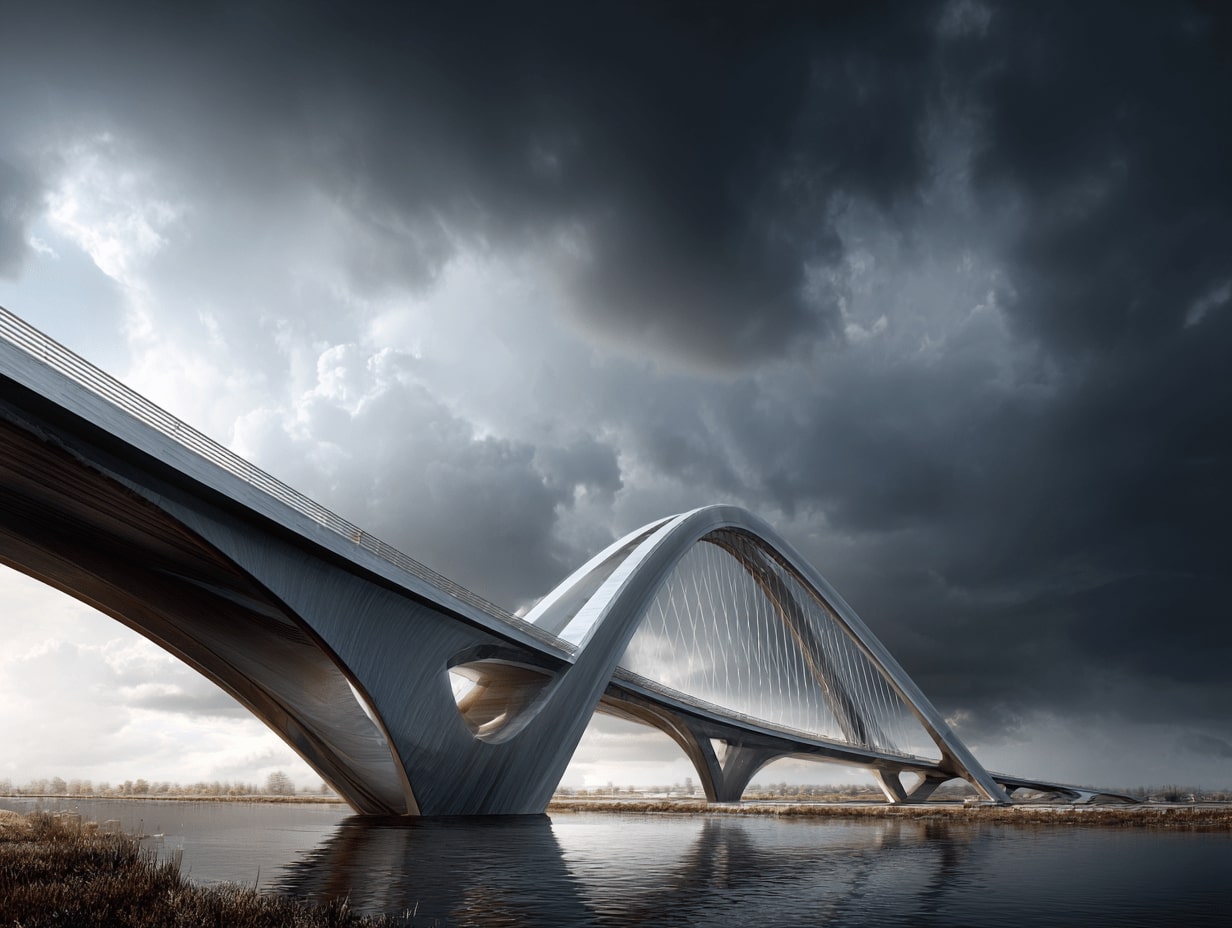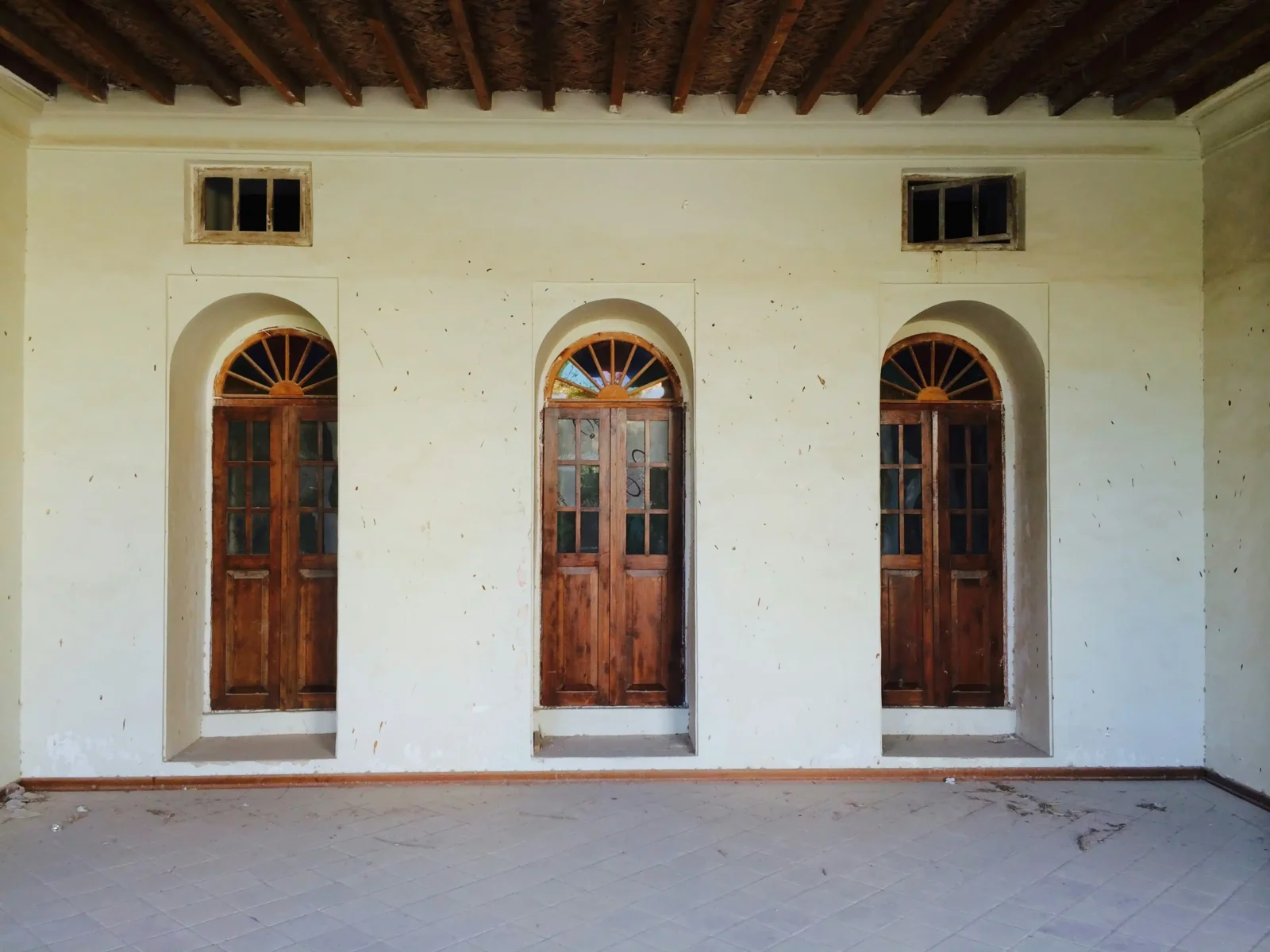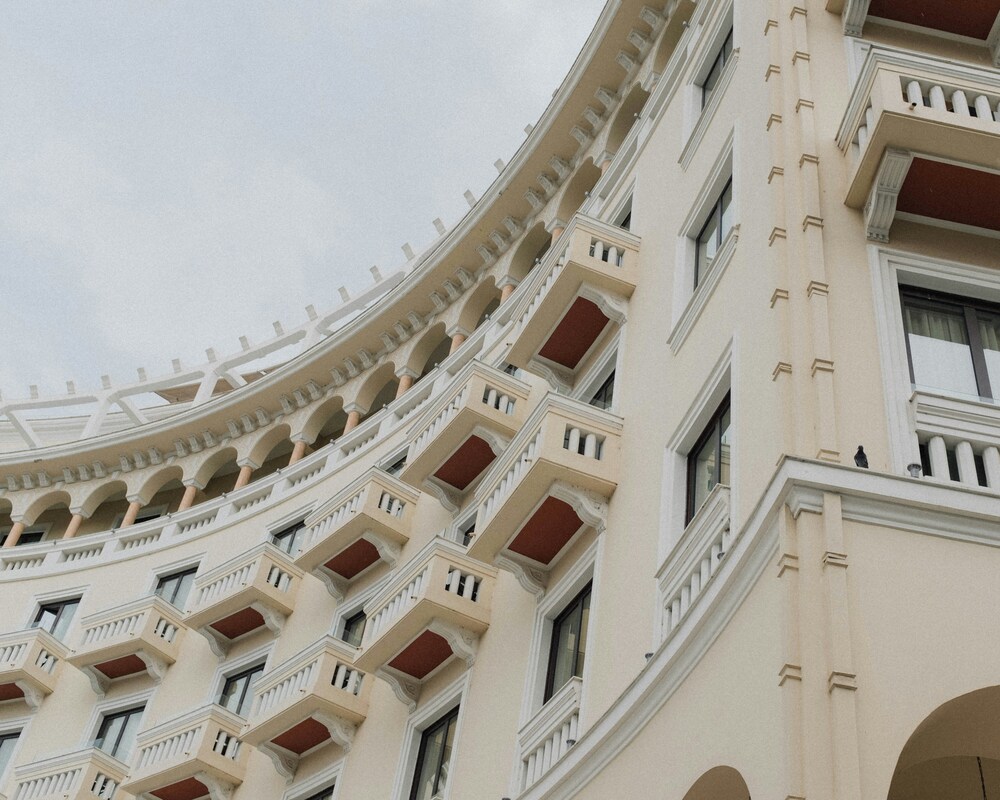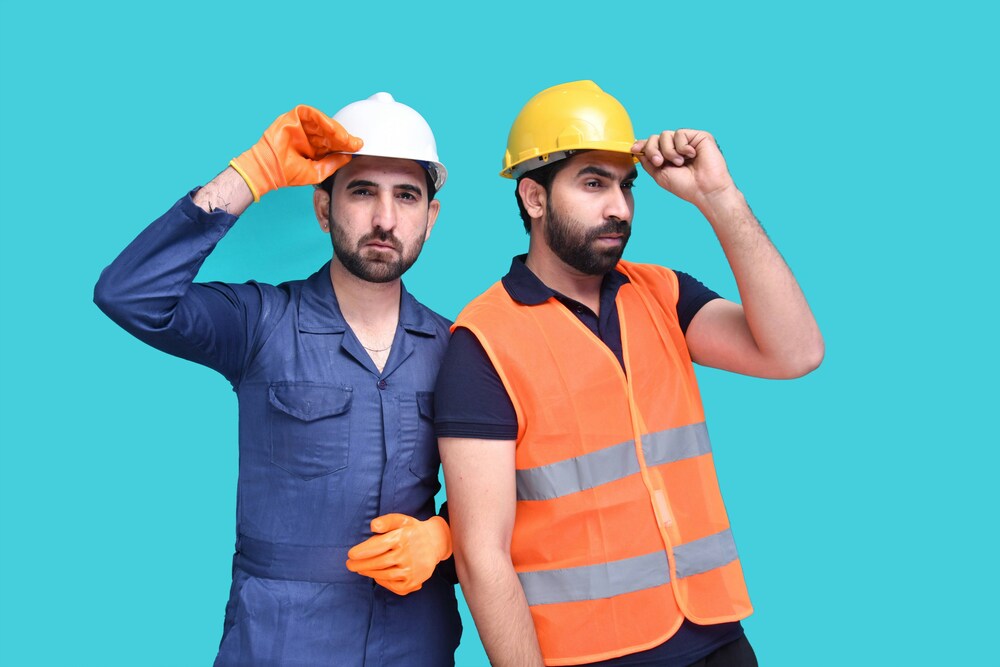- Home
- Articles
- Architectural Portfolio
- Architectral Presentation
- Inspirational Stories
- Architecture News
- Visualization
- BIM Industry
- Facade Design
- Parametric Design
- Career
- Landscape Architecture
- Construction
- Artificial Intelligence
- Sketching
- Design Softwares
- Diagrams
- Writing
- Architectural Tips
- Sustainability
- Courses
- Concept
- Technology
- History & Heritage
- Future of Architecture
- Guides & How-To
- Art & Culture
- Projects
- Interior Design
- Competitions
- Jobs
- Store
- Tools
- More
- Home
- Articles
- Architectural Portfolio
- Architectral Presentation
- Inspirational Stories
- Architecture News
- Visualization
- BIM Industry
- Facade Design
- Parametric Design
- Career
- Landscape Architecture
- Construction
- Artificial Intelligence
- Sketching
- Design Softwares
- Diagrams
- Writing
- Architectural Tips
- Sustainability
- Courses
- Concept
- Technology
- History & Heritage
- Future of Architecture
- Guides & How-To
- Art & Culture
- Projects
- Interior Design
- Competitions
- Jobs
- Store
- Tools
- More

Businesses involved in construction and contracting need to keep up with the latest plumbing trends to meet client demands.
The latest plumbing trends, which include water-saving and smart building technology and the use of eco-friendly materials, can be integrated into the design of new or renovated buildings. As a result, these structures can become more water-efficient and appealing.
Clients are also continuously looking for sustainable and cost-effective solutions. Providers of construction and commercial property maintenance services can provide these as long as they are on top of the latest plumbing trends.
Additionally, integrating modern plumbing systems early in the design process can prevent costly retrofits later.
Because regulatory standards are constantly evolving, keeping up with new plumbing technologies can ensure compliance with environmental and building regulations. This can help companies avoid potential fines or project delays.
These benefits highlight the importance of knowing the latest plumbing innovations for construction and contracting companies.
Table of Contents
Toggle2025’s Top Plumbing Trends
Below are this year’s biggest trends shaping the plumbing industry:
1. Environmentally Friendly and Water-Efficient Options
Sustainable plumbing fixtures and systems continue to be popular among consumers looking for new ways to lessen their carbon footprint and create healthier spaces.
Sustainable plumbing pipes, which are made of recycled materials, are fixtures worth including in construction and renovation projects. Their production process reduces environmental impact without compromising product quality.
Many sustainable plumbing features also help minimise water wastage. This, in turn, can lead to increased water conservation in residential and commercial spaces.
Other eco-friendly plumbing features and systems expected to become more in demand this year include:
- Low-flow faucets, showerheads, and other fixtures
- Tankless water heaters
- Greywater recycling systems
- Solar water heaters
These sustainable plumbing features and systems also offer long-term value, enhance the function of buildings and spaces, and help keep utility costs under control, making them trends worth incorporating in new construction and renovation projects.
2. Innovative Pipe Materials and Designs
In addition to sustainable materials, consumers are gravitating toward modern, innovative plumbing fixtures and designs.
Corrosion-resistant piping materials and coating will continue to be popular options because they can withstand chemicals and other harsh water conditions. They are more durable and long-lasting, which reduces the need to replace and repair them frequently.
More consumers are also choosing flexible plumbing features, such as pipes made of PVC and PEX. These fixtures are more versatile, which makes them easier to install even in and around areas with obstacles. They require fewer complex joints and fittings as well.
This year, expect this trend to grow in residential construction and renovations.

3. Smart Plumbing Technology
Smart plumbing is revolutionising how consumers use and manage water. With the integration of internet-connected devices, homeowners and businesses can monitor and control water consumption more easily and efficiently.
Smart showers, water heaters, and leak detectors allow users to remotely adjust temperature, pressure, and usage through mobile apps.
This technology has also found its way into toilets. Automatic flushing and self-cleaning toilets, heated seats, and touchless controls give users a higher level of convenience and reduce water consumption at the same time.
This innovative technology improves convenience and reduces repair costs and water waste, which helps business owners and homeowners conserve water and support more sustainability efforts.
4. Brain Pipes
Brain Pipes technology takes smart plumbing a step further by integrating artificial intelligence (AI) and sensors directly into a building’s water system.
The pipes analyse water flow, pressure, and quality and make automatic adjustments to optimise a plumbing system’s efficiency. They make real-time corrections or alert building owners and homeowners before the problem worsens.
They also have automated leak detection systems, which identify and shut off leaks before they cause significant damage.
Some Brain Pipes even have self-cleaning capabilities, which reduces the risk of blockages and bacterial buildup. This plumbing maintenance feature helps extend the lifespan of plumbing systems and allows building owners and homeowners to save money on repairs.
The unique features of Brain Pies technology can also help establishments meet regulations around water conservation and building efficiency.
5. Touchless and Hands-Free Faucets
Touchless or hands-free features were once a luxury found only in high-end hotels and establishments. However, their convenience makes them an option many commercial property owners and homeowners are now considering.
The technology behind these faucets uses motion or infrared sensors or voice activation to control water flow, removing the need to touch or hold them. The faucets are more convenient to use and water efficient since they automatically shut off when they do not detect any hands or objects under them.
More importantly, these features improve hygiene since they minimise the spread of germs and bacteria.
Manufacturers offer a variety of stylish, energy-efficient designs that blend seamlessly with modern interiors. Expect to see touchless and handless fixtures integrated into more kitchens and bathrooms.
Investors and homeowners having their properties constructed or renovated and interested in integrating these trends should consult plumbing and MEP professionals for the possibility of including them in the project and installation process.
It’s important to know the tech-powered plumbing system’s maintenance requirements as well. This tip on choosing annual maintenance contracts is worth remembering to prolong their functionality and keep them working properly all the time.
illustrarch is your daily dose of architecture. Leading community designed for all lovers of illustration and #drawing.
Submit your architectural projects
Follow these steps for submission your project. Submission FormLatest Posts
How Modern Bridges Balance Aesthetics and Engineering
How modern bridges balance aesthetics and engineering: explore form-driven systems, case studies,...
Exterior & Interior Remodeling Tips Every Homeowner Should Consider
Home upgrades reshape comfort, improve function, and strengthen long-term property value. Whether...
Top 8 Luxury Vacation Rentals Features Guests Love Most
A luxury vacation rental offers an entirely different experience than a typical...
Why Local Expertise Matters: Choosing the Right Plumbers in Townsville
Why Local Expertise Matters: Choosing the Right Plumbers in Townsville When it...











Leave a comment